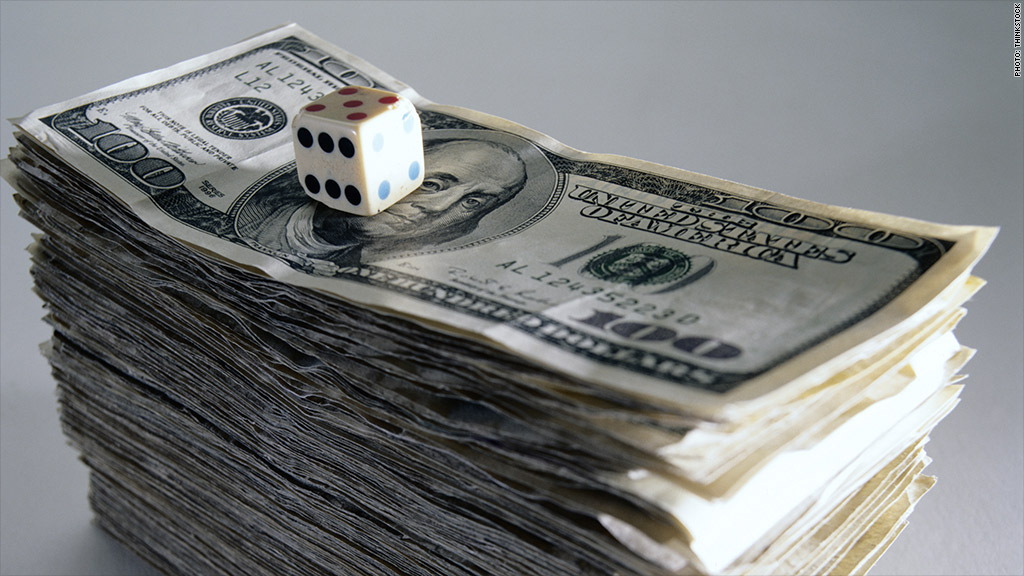
The Federal Reserve is scrambling to convince the public that it is not a secretive institution that acts at the behest of Wall Street, but the public isn’t buying the Fed’s line. According to a Gallup Poll conducted in mid-July, the Fed received the lowest approval rating of the nine government agencies and departments evaluated — even lower than the Internal Revenue Service.
Trying to show the softer side of the central bank, Fed Chairman Ben S. Bernanke took us on a tour of his hometown of Dillon, S.C. on a 60 Minutes segment in March, and in July he fielded questions from newsman Jim Lehrer and an auditorium full of people for more than an hour in a televised town hall meeting.
Both events were carefully choreographed — and unprecedented. During his face time Bernanke explained many things, including the Fed’s strategy for shrinking its balance sheet and withdrawing the ocean of excess reserves from the banking system. Unfortunately, he did not address my main beef with the bank: that it clings to a flawed inflation-targeting regime with a horrible history of monetary policy failures.
In pursuit of inflation targeting — the idea that monetary policy should be geared to keeping the annual core inflation rate in a range of, say, 0% to 2% — the Fed has been much more tolerant of inflation than it has of deflation. In November 2002 then governor Bernanke and then chairman Alan Greenspan misdiagnosed a benign cyclical dip in the price level. Fearing deflation, the Fed panicked, and by July 2003 pushed the Fed funds rate down to a then record low of 1%, where it stayed for a year, allowing a flood of liquidity to hit the economy and the housing bubble to inflate. The Fed ignored economic theory developed by Austrian economists such as Nobel laureate Friedrich Hayek, who demonstrated that there was such a thing as a “good deflation,” which occurs during a productivity boom. It was just such a boom, coupled with an improvement in the U.S. terms of trade, that was putting down downward pressure on the core inflation rate.
More monetary blundering occurred after the Dubai G7 Summit in September 2003, when the U.S. got other Western nations on board to pressure China to allow its currency to appreciate against the dollar. The 2004 elections were approaching, and the outcome of key contests in the Rust Belt, according to President Bush’s advisors, hinged on whether China could be forced to alter its fixed yuan-dollar exchange rate of 8.28. Surprisingly, the Fed was drawn into what is normally the exclusive domain of the U.S. Treasury — the dollar’s exchange rate.
The Bush Administration’s weak dollar policy, endorsed by the Fed, brought with it not only a dollar rout but also an explosion in commodity prices. Perhaps the commodity price surge explains why the Fed was behind the curve in lowering the Fed funds rate — something that pushed the economy into a steep recession well before the collapse of Lehman Brothers one year ago. By the start of 2007 weak aggregate demand was signaling a recession, but the Fed kept the funds rate at 5.25% until mid-September 2007. It’s not surprising that the economy tanked.
Never mind these missteps. The Obama Administration has proposed rewarding the Fed for its failures by crowning it the nation’s systemic regulator — a sort of financial regulatory czar. But many in Congress demand a closer peek inside the central bank.
Congressman Ron Paul (R–Tex.), along with 282 cosponsors, has introduced a bill that would require the Government Accountability Office to audit the Fed. The Fed claims that auditing would imperil its independence.
Milton Friedman weighed in on central bank independence in a 1962 essay, “Should There Be an Independent Monetary Authority?” Friedman’s conclusion: “The case against a fully independent central bank is strong indeed.” As for letting in some sunshine, the late senator Patrick Moynihan (D–N.Y.) had it right: “Secrecy is for losers.”
As we await the outcome of the battle over Fed transparency, we should ponder a recent conclusion of Carnegie Mellon’s Allan Meltzer. As the author of the authoritative A History of the Federal Reserve, he has observed that the Fed responds “decisively to the unemployment rate but not to the inflation rate.” As long as unemployment remains elevated, expect loose monetary reins and more inflation.
Protect yourself with some exchange-traded funds. Buy SPDR Gold Shares (GLD, 93; expense ratio, 0.4%), which tracks the metal. I also recommend diversified commodity ETFs like the iShares S&P GSCI Commodity-Indexed Trust (GSG, 30; 0.75%) and PowerShares DB Commodity Index Tracking Fund (DBC, 23; 0.75%).
Author Steve H. Hanke

0 responses on "Betting Against the Fed"